The First Chechen War (1994–1996) was a conflict in which Chechen separatists fought Russia, ending with Chechnya’s de facto independence.
The First Chechen War was a two-year conflict between the Russian Federation and the self-proclaimed Chechen Republic of Ichkeria, lasting from 1994 to 1996. It began when Russian forces invaded Chechnya on December 11, 1994, to prevent the region from seceding. The war was marked by brutal urban combat, especially in Grozny, and extensive use of guerrilla tactics by Chechen separatists. Despite their superiority in numbers and firepower, Russian troops suffered heavy losses. Chechen fighters launched raids and hostage-taking operations even within Russian territory. The conflict ended in August 1996 with the Khasavyurt Accord, leading to Russia’s withdrawal and Chechnya’s de facto independence. Tens of thousands of people, including many civilians, were killed or displaced, and Chechnya was left in ruins.
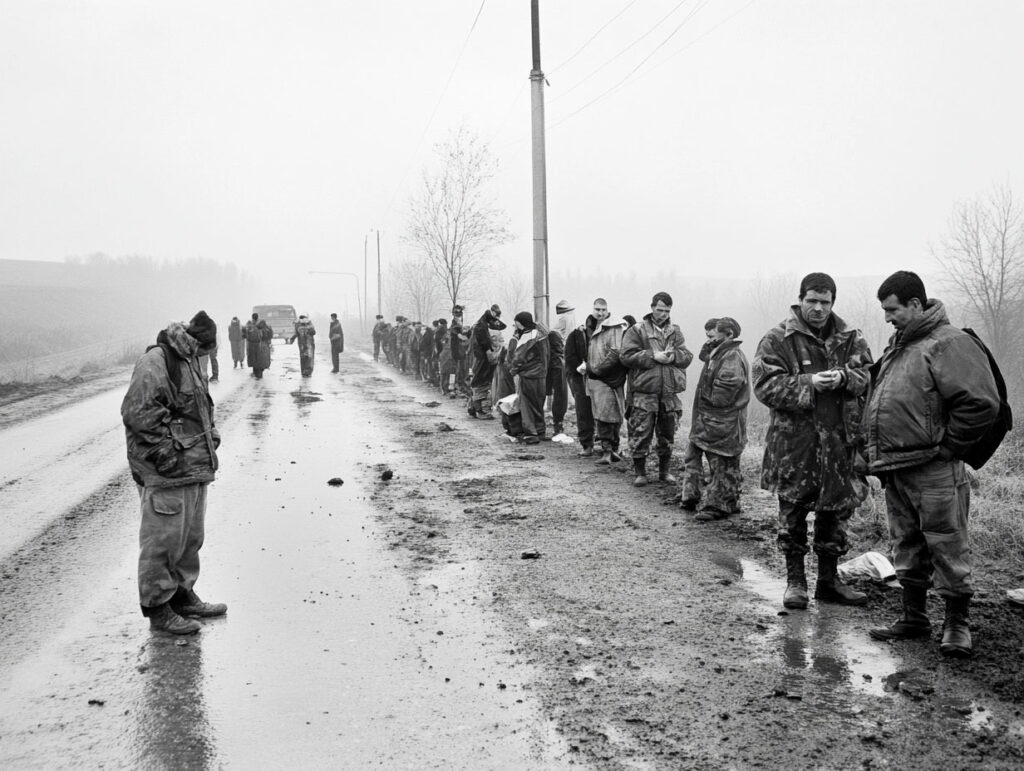
What Were the Reasons for the First Chechen War (1994–1996)
Chechnya’s declaration of independence in 1991, following the collapse of the Soviet Union, triggered the conflict. Former Soviet Air Force General Dzhokhar Dudayev declared Chechnya a sovereign state, creating the Chechen Republic of Ichkeria. Moscow refused to recognize the move, fearing that allowing Chechnya to secede would encourage other regions to break away and threaten Russia’s territorial integrity.
Chechnya’s strategic position further raised tensions. It lay on a key oil pipeline route and had its own reserves, making it economically important to Moscow. The region’s growing lawlessness and black-market economy in the early 1990s also alarmed Russian authorities. Russian President Boris Yeltsin attempted to restore control without success. Chechnya refused to sign the Federation Treaty in 1992, distancing itself further from Russia.
By 1994, the Russian government began supporting anti-Dudayev militias in hopes of sparking a coup. When a Moscow-backed rebellion failed in November that year, Yeltsin ordered a full-scale military intervention. The official rationale was to restore constitutional order and suppress separatism. Political motivations also played a role, as Yeltsin sought to boost his image ahead of the 1996 presidential election. Thus, a mix of secession, strategic concerns, domestic instability, and political calculations led to war.
Who Was Involved in the First Chechen War (1994–1996)
The conflict involved Russian federal forces and Chechen separatist fighters. Russia deployed its Army, Air Force, and Interior Ministry troops, totaling around 40,000 personnel in the initial stages. The military expected a quick victory, but faced strong resistance. The troops included conscripts and special forces, though poor coordination and intelligence hampered their efforts.
Chechnya’s side consisted of the National Guard, militias, and volunteers. Most fighters had military experience from the Soviet era and were organized under field commanders. Their numbers ranged between 10,000 and 12,000. Using guerrilla tactics and knowledge of the terrain, they effectively countered Russia’s conventional forces.
Civilians suffered the most. Massive displacement affected hundreds of thousands of people. Some supported the separatists, others opposed the Dudayev government or tried to flee. Pro-Moscow Chechens formed a Provisional Council to challenge Dudayev, but its influence faded as the war escalated.
International involvement was minimal. The war was treated as an internal Russian issue. The OSCE sent observers and mediated talks, but no state provided direct military support to either side. Chechen fighters received limited aid from foreign volunteers, mostly Islamist fighters from the Caucasus and the Middle East.
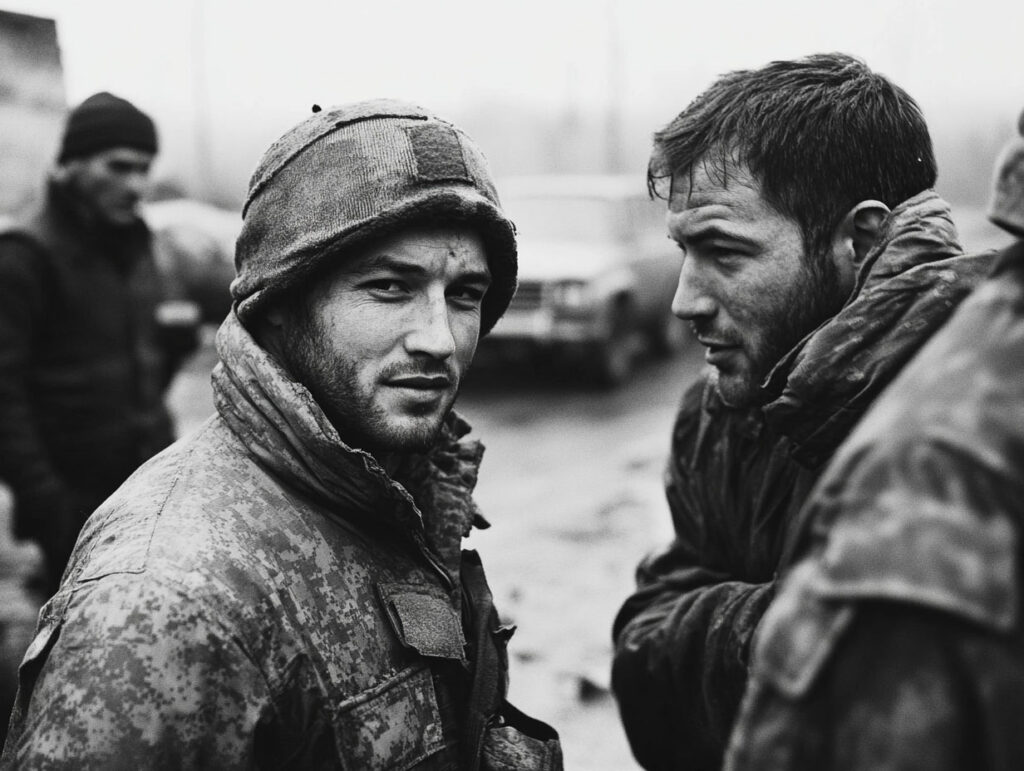
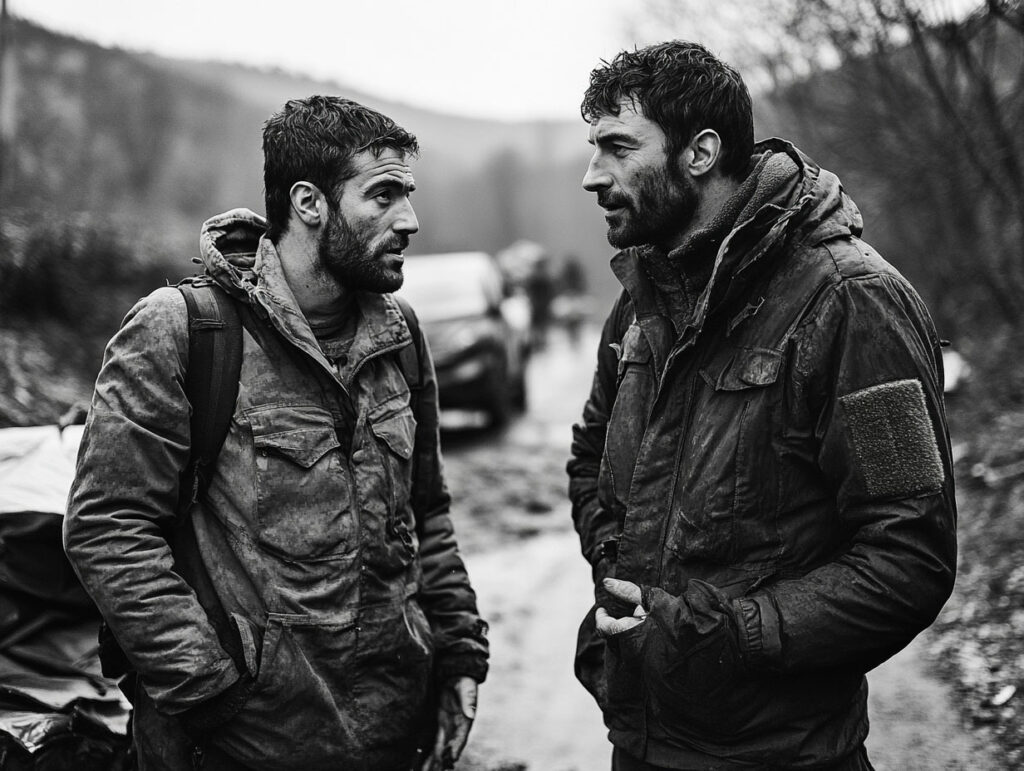
The Leaders of the First Chechen War (1994–1996)
Chechnya’s leader was Dzhokhar Dudayev, a former Soviet general who became president of the self-declared Chechen Republic. He led the separatist cause until he was killed in a Russian missile strike in April 1996. After his death, vice president Zelimkhan Yandarbiyev took over temporarily, while Aslan Maskhadov, the chief military strategist, rose in prominence and later negotiated the end of the war.
Other notable Chechen commanders included Shamil Basayev, who led high-profile operations such as the Budyonnovsk hostage crisis, and Ruslan Gelayev, known for guerrilla campaigns. Salman Raduyev also led hostage raids in Russian territory, increasing pressure on the Kremlin.
On the Russian side, President Boris Yeltsin ordered the invasion. Defense Minister Pavel Grachev oversaw early military actions and famously underestimated the conflict’s difficulty. Generals Anatoly Kulikov and Anatoly Romanov were involved in frontline command, with Romanov seriously injured in an attack. By 1996, retired general Alexander Lebed became Yeltsin’s national security adviser. Lebed played a critical role in negotiating the Khasavyurt Accord, which ended the war.
Was There a Decisive Moment?
The most decisive moment came in August 1996, when Chechen forces launched a surprise offensive and retook large parts of Grozny. Around 1,500 fighters infiltrated the city and overwhelmed Russian positions, even though roughly 12,000 Russian troops were present. Russian forces were surrounded in several locations, including Argun and Gudermes.
This attack shocked Moscow. It showed that Chechen fighters still had the strength to mount major operations. Russian troops found themselves trapped, and morale plummeted. Negotiations quickly followed. General Alexander Lebed met with Aslan Maskhadov, and within weeks they signed the Khasavyurt Accord. Russia agreed to withdraw its forces, and Chechnya gained effective autonomy.
Other moments were significant but not decisive. The battle for Grozny in 1995 revealed the difficulty of urban warfare, but the conflict continued for more than a year afterward. Dudayev’s death weakened Chechen leadership but did not collapse the movement. In contrast, the August 1996 offensive directly forced peace talks and shaped the outcome of the war.
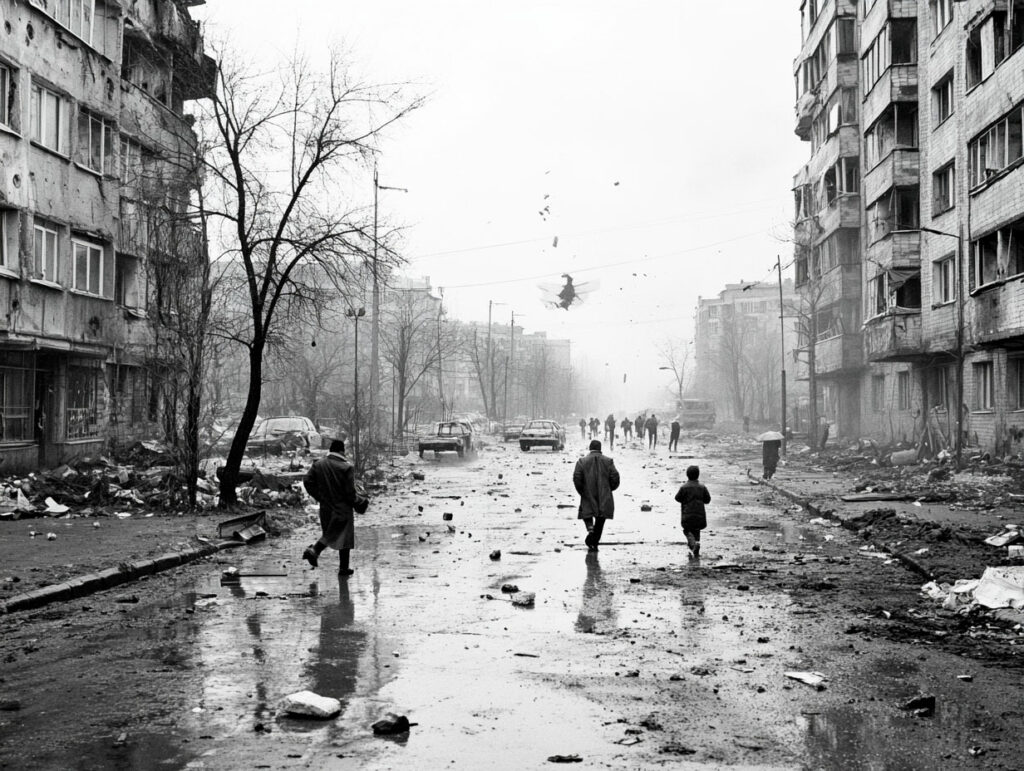
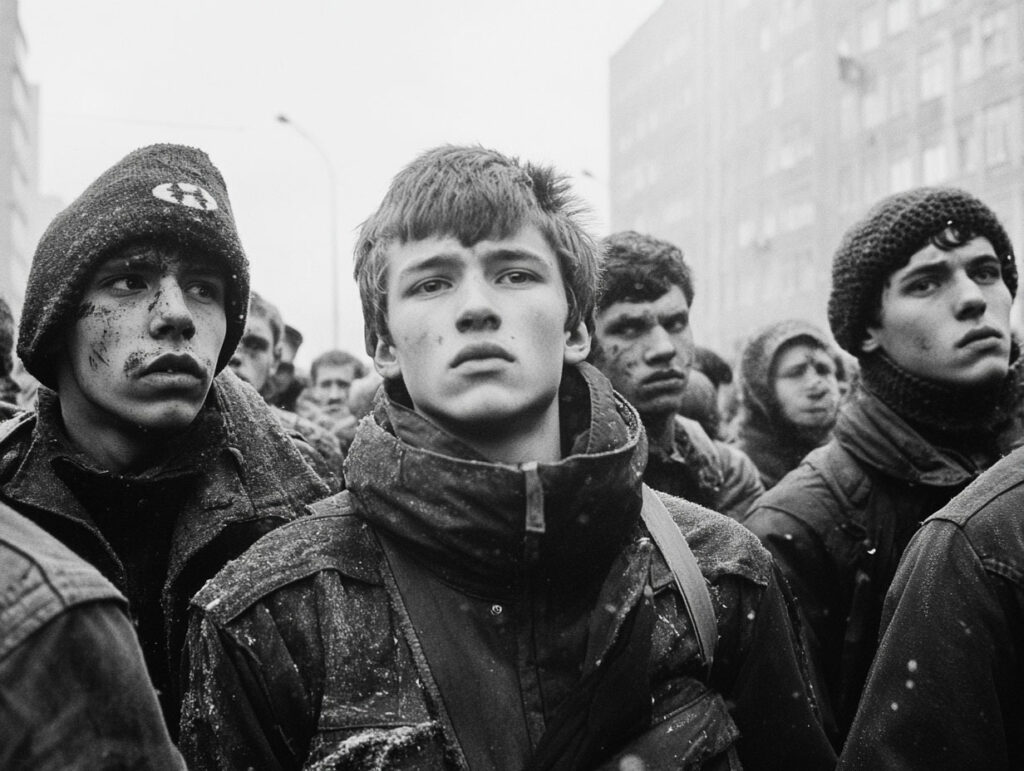
Major Battles of the First Chechen War (1994–1996)
The war featured several intense battles that defined its course.
Battle of Grozny (Dec 1994 – Mar 1995): Russian troops entered Grozny expecting little resistance. Instead, they were met with well-organized ambushes. Entire tank columns were destroyed in city streets. The initial assault on New Year’s Eve was a disaster for Russian forces. Over the next few months, they used heavy artillery and airstrikes to take the city. By March, Grozny fell, but at the cost of thousands of civilian and military lives. The city was heavily bombed and reduced to rubble.
Budyonnovsk Hospital Siege (June 1995): Shamil Basayev led a group of fighters into the Russian town of Budyonnovsk. They took more than 1,500 civilians hostage in a hospital. The event forced the Russian government to begin negotiations and halt its offensive. It marked a major shift in the war, both tactically and politically.
Kizlyar–Pervomayskoye Raid (Jan 1996): Another group of Chechen fighters raided Kizlyar in Dagestan, taking hostages and retreating to the village of Pervomayskoye. Russian forces responded with artillery and special forces. The operation resulted in many civilian and military deaths. It underscored the Chechens’ ability to conduct operations beyond their borders.
Battle of Grozny (Aug 1996): In the war’s final phase, Chechen forces launched a surprise attack on Grozny. Despite being outnumbered, they quickly captured key parts of the city and besieged Russian garrisons. This operation forced the Kremlin to negotiate and led directly to the end of the war.
Was There a Turning Point?
The turning point of the war came with the Budyonnovsk hostage crisis in June 1995. Shamil Basayev’s raid forced the Russian government to engage in peace talks. The event shocked the public and political elite alike. For the first time, the conflict spread deep into Russian territory.
The raid resulted in a temporary ceasefire and allowed the Chechen side to regroup. The Russian military, which had already suffered heavy losses in Grozny, was unable to regain momentum. The war shifted from a conventional campaign to a prolonged guerrilla conflict.
Public opinion in Russia turned decisively against the war. President Yeltsin faced increasing pressure to find a solution. Though fighting continued into 1996, the Budyonnovsk crisis marked the moment when Russian confidence began to wane. Chechen commanders understood that they had changed the terms of the war. By the time they launched the final offensive in Grozny, Moscow had lost the will to continue.
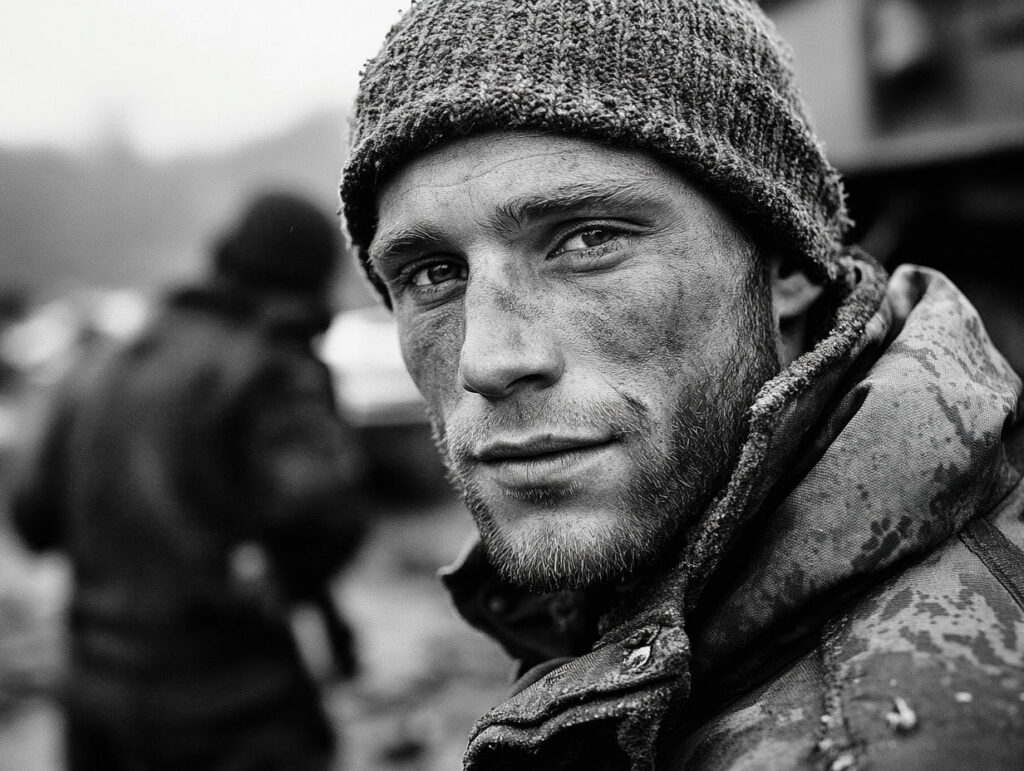
Consequences of the First Chechen War (1994–1996)
The war ended with the Khasavyurt Accord, which halted fighting and led to a Russian withdrawal. Chechnya became de facto independent, though not formally recognized as such. The cost of this outcome was enormous.
Estimated casualties:
| Category | Deaths |
|---|---|
| Russian military | 5,500–14,000 |
| Chechen fighters | 3,000–15,000 |
| Civilians | 20,000–100,000 |
As many as 500,000 people were displaced. Grozny and many towns were flattened by bombing. Basic infrastructure collapsed, and large portions of the population fled to neighboring regions like Ingushetia.
Russia’s military was exposed as underprepared and poorly managed. Conscripts were sent into urban combat with little training. Corruption, poor logistics, and bad intelligence plagued the campaign. The political fallout was also serious. President Yeltsin, seeking re-election in 1996, was forced to pivot from military escalation to peace negotiations.
In Chechnya, post-war conditions remained unstable. The government under Aslan Maskhadov struggled to maintain order. Warlords, criminal gangs, and kidnappers operated freely. The economy was shattered, and international aid was minimal. These conditions helped trigger the Second Chechen War in 1999.
Globally, the war damaged Russia’s image. Human rights groups reported atrocities and war crimes, including the mass killing of civilians in places like Samashki. Western governments issued criticism but avoided direct involvement.
The war failed to resolve the core political issues. It devastated Chechnya and embarrassed the Russian military, setting the stage for renewed conflict just three years later.
Back to the Wars section